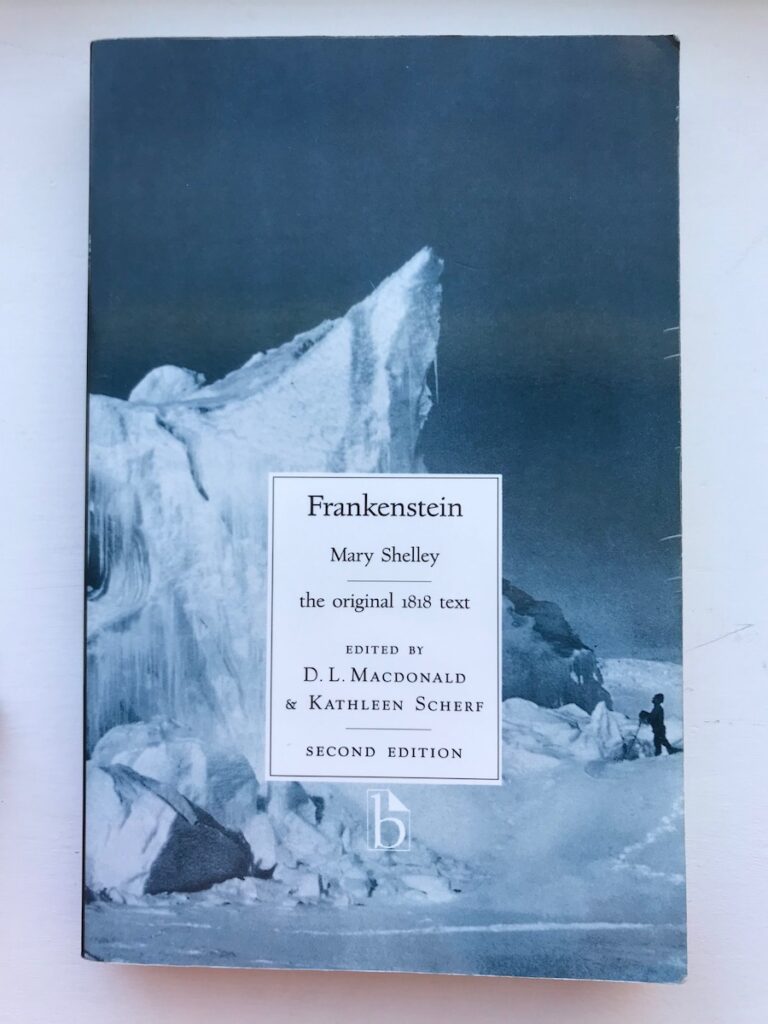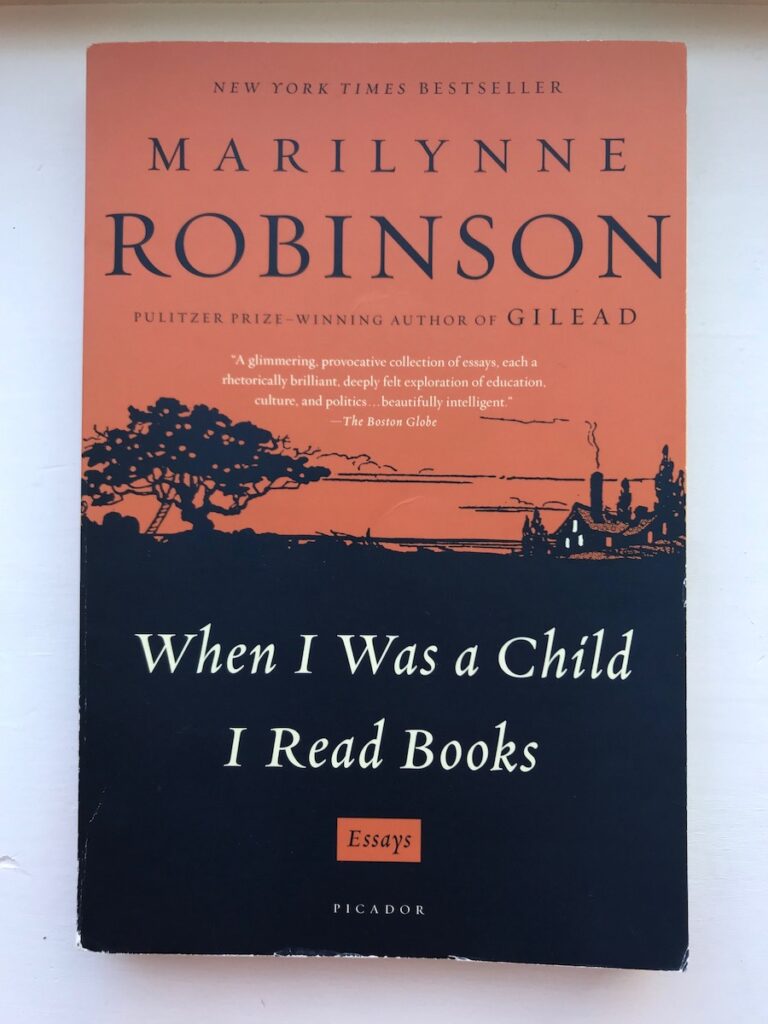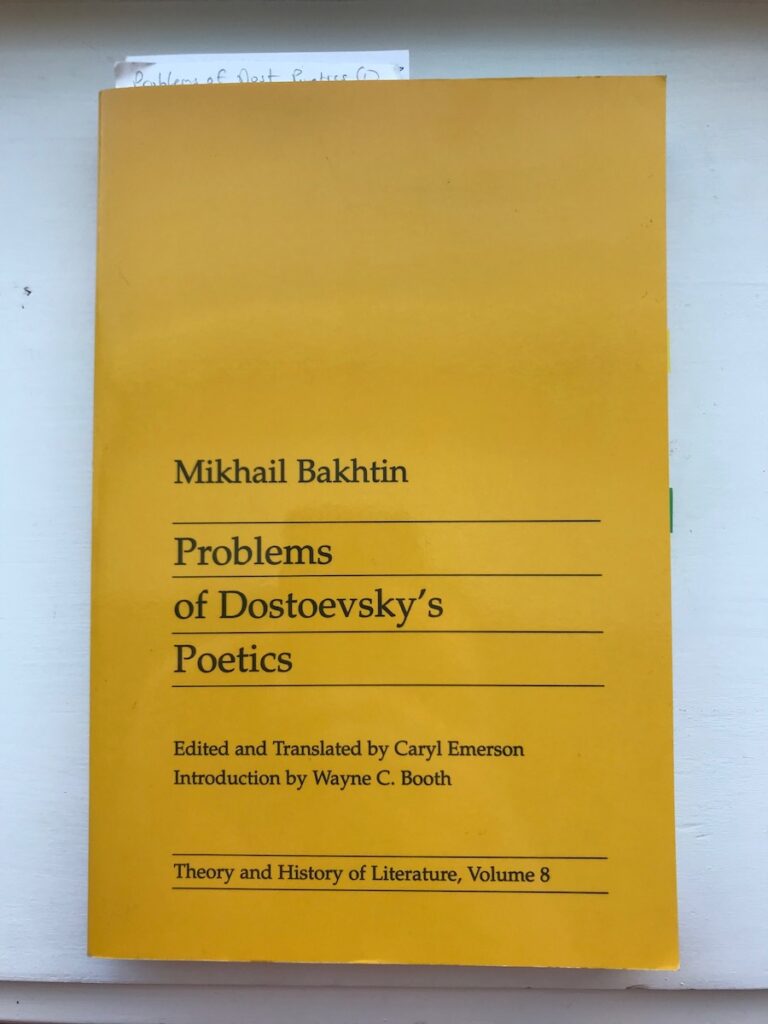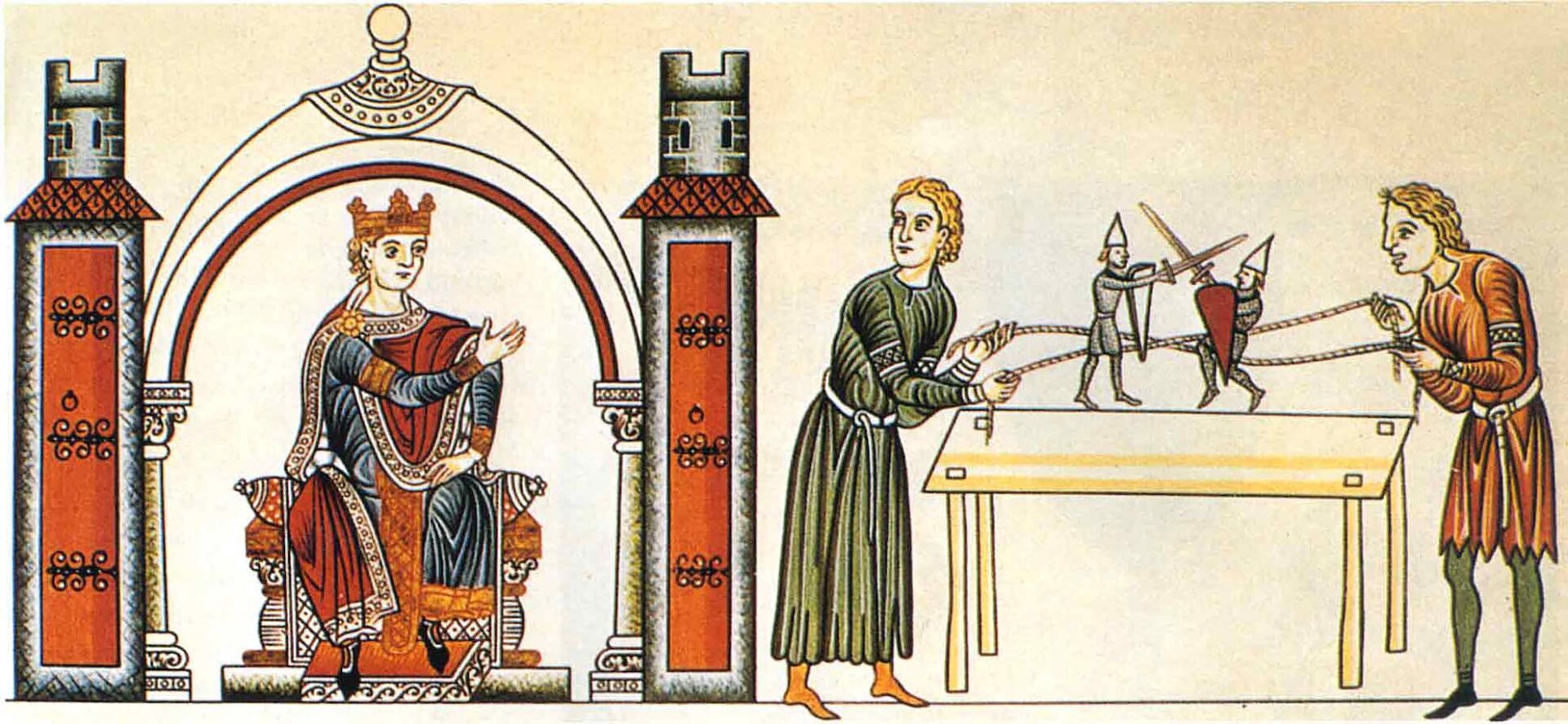We love characters. We talk about them as if they really exist, as if their adventures and struggles really happen. But they don’t walk around like you and me. They’re artistic creations. Some even go as far as to say that characters are merely puppets.
After all, it is the author doing all the writing and the characters are but mechanisms that he creates to do the talking and moving bits of his shadow play. Whatever thoughts or desires that the characters express are but a means of making the illusion more convincing. An illusion that they are human and not merely shadows.
Yet, there are authors who speak of getting to know their characters. They claim to observe them, listen to them, even converse with them. Is this talk just idealistic fantasy, or might there be something to the notion that characters can be more than narrative machines?
First, let us take a look at a mechanistic approach that you’ll find floating around in the world of writing advice. It can take a variety of shapes, but it all boils down to the same creative posture.
After that we’ll discuss alternatives presented by Marilynne Robinson and Robert E. Howard, before turning to a certain philosopher and literary scholar.

The Doctor Frankenstein Approach
To be clear, I don’t actually mean the approach that Mary Shelley used to create the character of the Monster in Frankenstein. I’m giving a name to the methodology of building a character by cobbling parts together: either by using a worksheet, a grab bag of traits, or even the Proust Questionnaire.

These mechanistic methods may work for other authors. They don’t work for me. And what’s more, I don’t like them due to my creative principles.
The underlying problem with each of these approaches – including Proust’s Questionnaire – is that all of them actually stop the author from meeting the character in their lived experience.
Consider the methodology in action: Define the character’s goals, his flaws, her internal and external conflict, his greatest fear. What will drive her to lie, what’s one of her mannerisms or tics, what motivates him, how would she like to die, what’s his motto? (Do you, dear reader, talk about real people that way? No? Maybe that reveals something about the value of the approach…)
The basic worksheet or grab bag method makes the author a scientist in the lab. It’s not personal, it’s analytical. It’s not intimate, it’s sterile.
You’re not in the world with the character in the midst of their life. You’re not walking with him to face the firing squad while the morning dew is still fresh on the grass, you’re not watching her facial expression while the conman plays out his well-worn scam, you’re not sitting with her while her friend dies before her eyes from consumption.
I can see the Doctor Frankenstein Method being useful as a learning tool for writers feeling out their process of creating characters (and it’s fine for players of tabletop roleplaying games looking for inspiration during the character creation process).
This method gets you thinking about characters and gives you a vocabulary to understand them. But I won’t be using such tools anytime soon.
A Parlor Game Turned Writer’s Tool
Proust created his questionnaire as a kind of parlor game in the form of what is called a “confession album,” which he went on to answer himself. I have yet to find any evidence that the great author considered it a tool for creating literary characters. (An interesting topic for study.)
The questionnaire puts the author in the role of interrogator – not observer. This is better than the scientist-analytical school of thought that we found in the Doctor Frankenstein Monster. But it:
- Takes the character out of his or her lived experience
- Implicitly assumes that the character would bare their soul to an interlocutor
What if the character doesn’t want to answer your questions? What if when you ask the character, “What’s your motto?” she says, “Who are you to ask me that, stranger?” (That might be kind of fun, actually).
I still don’t appreciate the assumption that I can actually learn everything I need to know about a character by asking 35 questions and getting 35 honest answers, but if the exercise becomes a launching board for dialogue with my character, then it has some merit. Not enough for me to call the character into my office, pull out my clipboard, and work through a session with him, but there’s some potential there.
Enough of machines and games for now. Let us search out other paths, more wonderful and weird.
Marilynne Robinson’s Soulful Art
There is a great difference, in fiction and in life, between knowing someone and knowing about someone. When a writer knows about his character he is writing for plot. When he knows his character he is writing to explore, to feel reality on a set of nerves somehow not quite his own.
“Freedom of Thought,” When I Was a Child I Read Books, by Marilynne Robinson
Robinson here proposes not only two different methods of understanding characters, but fundamentally links that understanding to the plot of the story. If plot is the governing force in driving narrative, then characters must be bent and directed to fulfill their roles. The author need only know enough about the characters to make the story play out as planned.
Because he is making puppets.
But, if instead the author knows his character, then he explores, feeling out the reality of a strange other and discerning what the character’s most natural choices are. In such a case, the plot of the story must arise from some other quarter than being imposed by the author.
And so when writing characters, the advice that Robinson gives her students – and herself – is to:
Forget definition, forget assumption, watch. We inhabit, we are part of, a reality for which explanation is much too poor and small.
“Freedom of Thought,” When I Was a Child I Read Books, by Marilynne Robinson
An author should engage in observation of characters, but also observation of real people and real life unfolding around them. Observe “the embrace at a subway stop,” the “argument at the next table in a restaurant.” As these observations multiply Robinson supposes that they “constellate themselves into something a little like a spirit, a little like a human presence in its mystery and distinctiveness.”

Clearly, this is not merely an analytical or mechanical process to Robinson. There are mysterious inner forces at work drawing upon memory and emotion, understandings of belief and culture, indeed, all the accumulated substance of her life (understood, felt – everything). In her conception, the creative process is driven by her whole self toward the effort of simulating other integrated selves.
Yet, note the emptying or passive element to Robinson’s approach, a kind of kenosis that calls the author to “forget” definition and assumption. Just as you understand that you don’t fully know a person until they reveal themselves, Robinson contends that an author can make space for a character to do the same.
Robinson’s methodology finds resonance and support in the testimony of a certain Texan…
Robert E. Howard Meets Conan
In a letter to Clark Ashton Smith, Robert E. Howard wrote:
Then the man Conan seemed suddenly to grow up in my mind without much labor on my part and immediately a stream of stories flowed off my pen or rather, off my typewriter almost without effort on my part. I did not seem to be creating, but rather relating events that had occurred. Episode crowded on episode so fast that I could scarcely keep up with them. For weeks I did nothing but write of the adventures of Conan. The character took complete possession of my mind and crowded out everything else in the way of storywriting.
Was Howard claiming supernatural agency? A genuine possession? Consider further:
But the time will probably come when I will suddenly find myself unable to write convincingly of him at all. That has happened in the past with nearly all my rather numerous characters; suddenly I would find myself out of contact with the conception, as if the man himself had been standing at my shoulder directing my efforts, and had suddenly turned and gone away, leaving me to search for another character.
No, Howard didn’t believe he had really met the spirit of Conan. He had come in “contact with the conception” of him, a ripe vision (“a stream of stories”) given form and narrative structure (“episode crowded on episode”) so that the Cimmerian was brought forth in a kind of creative-birth event.
But Howard did not believe that Conan simply came out of nowhere. He later wrote to Clark Ashton Smith that his subconscious must have evolved Conan out of all the dominant characteristics of “various prizefighters, gunmen, bootleggers, oil field bullies, gamblers, and honest workmen I had come in contact with.”

This is a fascinating insight into the artistic process. Howard’s lifelong study had filled him up with a wealth of materials and models (and not only for characters, but the worlds they inhabited as well). These elements abided in his subconscious in a kind of unrealized solution, sloshing about, appearing in flashes within such early characters as Kull and Bran Mak Morn, until – in a moment of thunderous creative alchemy – the substance welled up and composed itself into the form of:
Conan the Cimmerian, black-haired, sullen-eyed, sword in hand, a thief, a reaver, a slayer, with gigantic melancholies and gigantic mirth, to tread the jeweled thrones of the Earth under his sandalled feet.
A life of consuming his interests yielded to Howard one of the great creations of heroic fantasy.
An Introduction to Mikhail Bakhtin
The Russian literary scholar Mikhail Bakhtin, who I have mentioned before, lived from 1895 to 1975. In his study of Dostoevsky’s work he arrived at the conclusion that the great author had created a whole new form of novel.
He had this to say (in literary-philosopher speak):
A plurality of independent and unmerged voices and consciousness, a genuine polyphony of fully valid voices is in fact the chief characteristic of Dostoevsky’s novels. What unfolds in his works is not a multitude of characters and fates in a single objective world, illuminated by a single authorial consciousness; rather a plurality of consciousnesses, with equal rights and each with its own world, combine but are not merged in the unity of the event.
Problems of Dostoevsky’s Poetics, Mikhail Bakhtin, 6
(Authorial Note: From here on we will use PDP as shorthand for Problems of Dostoevsky’s Poetics.)

Let’s parse out what Bakhtin is getting at here.
The characters of Dostoevsky’s books are best understood as “consciousnesses,” who are “independent” and “unmerged.”
The language of independent consciousnesses resonates with Robinson’s talk about simulating other integrated selves that the author is seeking to know.
Unmerged is the difficult term that we’re going to draw out. Characters are not absorbed into the hive mind of the story. What such absorption would look like is illustrated by the comment concerning “a single objective world” that is “illuminated by a single authorial consciousness.”
What does that mean?
The Author as Ventriloquist
A single objective world is a text with one established truth. Characters are allowed the illusion of freedom of expression, but as the narrative unfolds they are either resolved into the governing voice or demonstrated to be invalid. (Indeed, they are often little more than foils or straw men set up to be overcome by the ideological vision of the author.)
As an example Bakhtin writes about the work of the Romantics, such as Goethe, whose novels “knew consciousness and ideology solely as the pathos of an author or as the deduction of an author – and which knew the hero solely as an implementer of authorial pathos or as an object of authorial deduction” (PDP, 12).
A more recent, prime example of this school of narrative thought in practice can be found in Ayn Rand’s novels. She uses her fiction to establish the validity of her objectivist vision.
Consider her own words regarding the theme of Atlas Shrugged as “the role of the mind in man’s existence — and, as a corollary, the demonstration of a new moral philosophy: the morality of rational self-interest.”
Such writing is essentially monologic, the “authorial consciousness” playing ventriloquist with its dramatis personae.
What usually happens when a writer deliberately begins with a theme is that it overwhelms everything else. For one thing, it becomes painfully obvious that the characters are not self-employed but are working for the author, doing what she tells them to.
Creating Short Fiction, Damon Knight, 45
Toward A Genuine Symphony of Voices
In contrast, a novel where the characters have “equal rights” and their own worlds becomes a polyphony. (Robinson’s Gilead series is a wonderful example of what polyphony can accomplish.) In such an art, a symphony of voices is woven together in the process of being lived out, not governed by an imposed plot (as Robinson warned against) or merged with the authorial voice to advance an ideological goal.
And isn’t such a symphony more consistent with actual human, communal experience? Isn’t there an essential authenticity to presenting a variety of voices and worlds that are not resolved into a single voice?
This is the promise of a “higher unity” that Bakhtin argues for, “the unity of the polyphonic novel”:
The world of the ditty combines with the world of the Schillerian dithyramb, Smerdyakov’s field of vision combines with Dmitry’s and Ivan’s. Thanks to these various worlds the material can develop to the furthest extent what is most original and peculiar in it, without disturbing the unity of the whole and without mechanizing it.
PDP, Mikhail Bakhtin, 16
This manner of approach will bring together incompatible characters who engage in dialogue. And some of this dialogue will be contentious, driving conflict. Conflict is one of the simplest means to generate plot. But this approach will generate a plot woven out of the character’s choices. The result will be an “open-ended” polyphonic novel (PDP, 39).
If it is possible to write in such a way that characters are more than puppets, is that not a worthy goal to pursue? This is what Bakhtin claimed Dostoevsky achieved.
A Symphony Arises From the Mysterious Interior
Mechanistic characters seem to be a natural aspect of mechanistic plots. I’m not saying that every plot-writing architect is going to make soulless mechanistic characters. Authors are complex creatures, even if each one has tendencies. (This is something that George R.R. Martin illustrates well in his wise discussion of architects/gardeners.)
But if the essential authorial posture is mechanistic, it would seem that the possibility of a character developing “what is most original and peculiar to them” is reduced.
Instead, an author seeking to allow characters to fully realize their potential could benefit from the kind of voracious reading and reflection on interests that Howard engaged in (thus filling up the interior storehouse in expectation of the moment of creative alchemy).
It would furthermore be wise to engage in the kind of observation and receptive stance that Robinson teaches (seeking to genuinely perceive the other and the world he/she inhabits).
And, having determined to allow every character his or her voice, the author would be well-served to take the unifying model of polyphony as their compositional principle, thus determining to create a genuine symphony.
Want more words? See the horse below about a newsletter. Or scroll on down to make a comment.


Interesting. So what does the author do when the character’s freedom outpaces the author’s power to reign them in? When the character curtails the plot entirely, all in the name of “That’s what my character would do!”?
That’s a fascinating question, Michael. I think Bakhtin would say that once one character achieves a kind of a narrative stranglehold over the story, to the point that they are determining or preventing plot development, then you are leaving the realm of polyphony and are at risk of the novel becoming a monologic event. In effect the character is not dialoguing with anyone or anything, so there is no dialogic plot unfolding. Dialogue must be restored for the story to proceed.
You can see the kind of character that might lead to such a challenge in stories like Superman or the most recent BBC Sherlock Holmes. In both cases, the sheer power of the protagonist eliminates many traditional narrative avenues as potentially interesting options. Instead, Holmes and Superman must enter into dialogue with characters and challenges that are of a kind with their own power and potential – thus giving them opportunity to demonstrate what is most original and peculiar in them. (Likewise, Moriarty and Doomsday need the heroes to allow them to express their fullest potential through dialogue.)
Allow me to take up your example to further illustrate the dialogic method: Holodeck Moriarty, who refuses to play his role, provides the Enterprise Crew – especially Data – an opportunity to reveal more of what is original and peculiar in them. They dialogue with him through the challenge he presents, so that his seemingly overwhelming power provokes a revelation of their resourcefulness.
Another way that the character can take over a plot is when you can’t disentangle him from a situation that seemed beforehand like it was just going to be a stop along the way. Maybe they can’t simply leave these peasants to fend for themselves or the injustice of these space pirates is too horrible to be allowed to continue – so they stop to deal with matters. The author then has to decide what to do with this unexpected plot growth.
When you’re working with a number of divergent character threads this kind of adjustment in vision can lead to serious difficulties. But you don’t even need to have made an unexpected adjustment to get tangled up. George R.R. Martin gardened his polyphonic way happily through 3 books, but when it came time to begin bringing threads together, he ran into what he called his Meereenese Knot – it took 11 years to break it.
It reminds me of the holodeck Moriarty, who refuses to play his role.